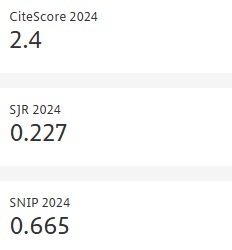The Effect of Temperature on the Emission Properties of Boron Nitride: Experimental and DFT Analysis
- Published: 16-10-2025
Share
Hexagonal boron nitride (h-BN) is a wide-bandgap semiconductor with structural and electronic characteristics that make it a promising material for diverse technological applications. In this work, the electronic and optical properties of pristine and multilayered h-BN nanosheets were systematically investigated using density functional theory (DFT) simulations. The findings provide valuable insights into the fundamental properties of h-BN nanosheets and their potential for applications in electronics, photonics, and energy storage devices. The 2.2 eV emission observed in BN material occurs as a result of localized states associated with defects, and these emission lines become more intense and sharper with decreasing temperature. The fact that the energy position (2.2 eV) remains constant at both temperatures indicates that the emission is associated with specific defect states and that the energy position of these states does not change with temperature. The correlated color temperature (CCT) and color rendering index (CRI) were determined based on the specific color coordinates obtained from the emission spectra of this compound using the Color Calculator software developed by OSRAM SYLVANIA.
- View 240
- Downloads 36
- Saveds 0
- Citations (Crossref) 0


